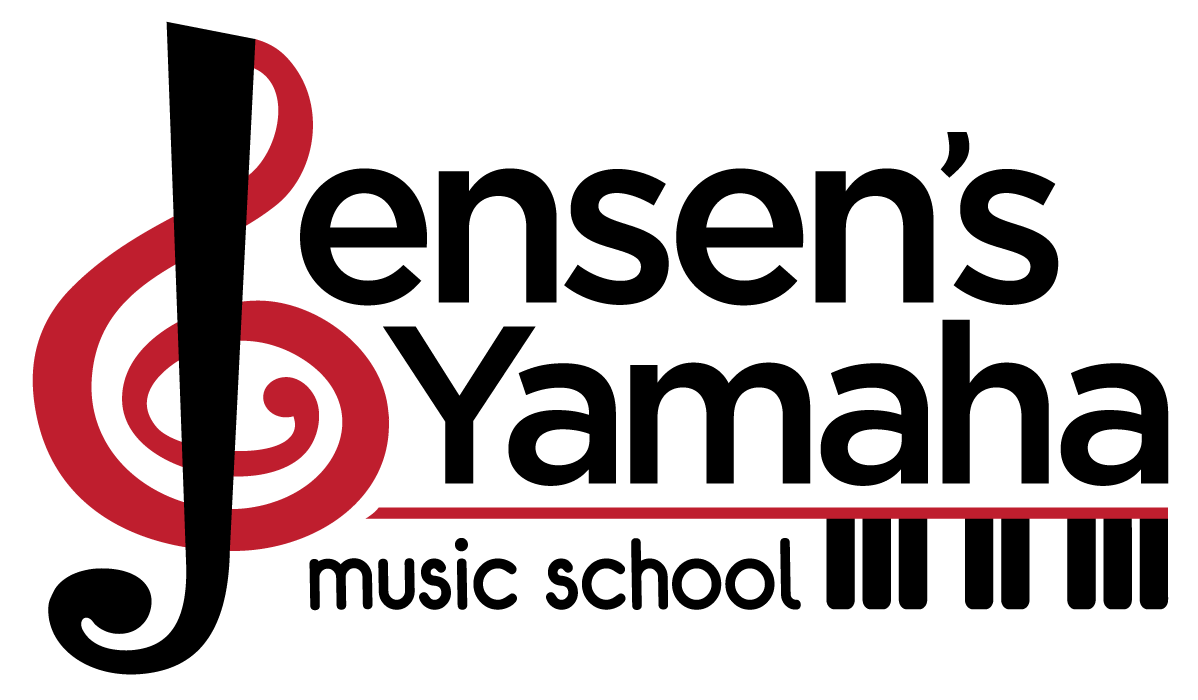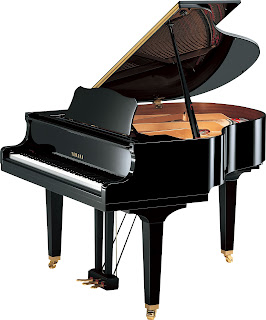All About Keyboards
It was in 1887 when Torakusu Yamaha made his first reed organ. (Click for more info!) When I took Yamaha as a child in the 70s, we actually played on reed organs like this one!
Times have changed! Once a student is enrolled in the Junior Music Course or Young Musicians Course, they must have a keyboard or a piano to practice on at home. Portable keyboards are fine for the first year or two of classes, but you will need to upgrade for your child to progress to their full potential. The portable keyboards we use in class are not available for purchase, but here are some tips for finding the best instrument for your child.
1. Keys must be full sized with a minimum of 49 keys.
Notice how the keys on the organ above seem small – they are! If a child practices on a keyboard with smaller keys, they will learn an incorrect hand position.
2. Piano/keyboard must play the correct pitches.
This is one benefit to using electronic instruments. They never need tuning and are set to the correct pitch. Pianos should ideally be tuned every 6 months-1 year. In order for your child to confirm and solidify their ear training, the pitch must be A440. Basically, if they play middle Do (C) along with the CD, it should match!
3. The piano or keyboard should be YAMAHA!
This is not a requirement, but a very high recommendation! We have compared other brands and there’s no comparison. Yamaha produces high quality instruments that are innovative and beautiful – to listen to and look at!
4. The instrument must be at a proper height.
Students should be able to sit comfortably at the instrument. They should not be reaching up to the keys, nor should they be hovering over them. A sturdy keyboard stand and bench are recommended. Typically, portable keyboards do not come with a stand or a bench.
Some higher priced digital pianos come with their own stand.
4. I have a piano – will that be ok?
Yes – assuming that it is in tune and all the keys work. Sometimes, however, it is very difficult for a small child (ages 4-6) to physically push the piano keys. This sometimes can create an undesirable finger and hand position. If you do choose a portable keyboard to start on, you will need to upgrade sometime during the 2nd or 3rd year of curriculum.
Still have questions? We are having a special Instrument Petting Zoo at our Family Fun Fest on Friday, September 14th from 6-8pm. Our friends at Alamo Music Center will be there to answer any questions you might have and give you a chance to compare the different types of keyboards available (weighted keys. touch sensitivity, etc.)
If anyone wants to buy me an instrument – this is the one I would like 🙂







Love the YPT 230 keyboard, it sounds like real piano, the stand and headphone works really well and they have wonderful packing service. It’s worth my money. I really love it! Beautiful sound and very easy to set up. Just like you’d expect from Yamaha. It’s also so affordable.
Thank you so much, it is so helpful !